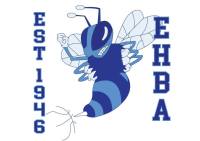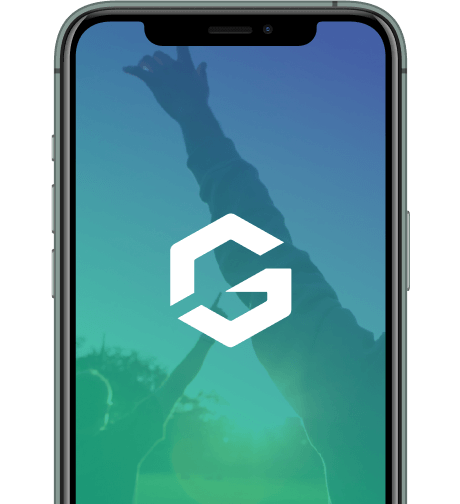Ankle Sprains

Web Link: http://hillsspinalsports.com.au
The ankle forms the area around the joint between the lower parts of the tibia and fibula and the tarsal bones at the back of the foot. It is crisscrossed by a number of ligaments which can become injured when the ankle turns over so that the sole of the foot faces the inside. This is called an inversion sprain. A sprain is a tear in a ligament, whereas a strain results when a muscle or tendon is torn. It is important to get a professional diagnosis, since there may be damage to tendons, bones and other joint tissues in addition to ligament damage. Ankle sprains may be caused by weak ankles, a condition some people are born with. Previous foot injuries may also lead to ankle sprains.
Ankle sprains can be divided into three categories of severity:
- Minimal
This involves some stretching of the ligament, little or no instability, mild pain and swelling on the outside of the ankle and some stiffness and difficulty walking. - Moderate to severe
There is moderate stretching of the ligament, some instability, pain and swelling, stiffness and difficulty walking. - Complete or severe
There is total rupture of the ligament, gross instability of the joint, severe pain initially then no pain and severe swelling.
First aid treatment of the sprain will involve RICE (rest, apply ice and compression and elevate the affected area). Physiotherapy can help with pain management and treatment of the injury to restore your functional independence.
Intervention will involve the PRICE protocol.
- Protection of the ankle by taping, splinting or using a brace to immobilise the joint.
- Rest. Using crutches with partial weight bearing will rest the ligament and aid in the healing process.
- Ice. This reduces pain and muscle spasm.
- Compression. This can be done either with taping or tube grip bandage and helps to control swelling or edema.
- Elevation during rest periods also helps to control edema and promote healing.
Once the swelling and pain are reduced, stretching and strengthening exercises can begin and weight bearing will be increased. We will train you in the proper use of crutches and how to bear weight gradually. It is important to follow the weight precautions we give you. Training in sitting and getting up from a chair, climbing stairs and curbs with crutches, forms part of your therapy sessions. Exercises to help you return to full function will follow until the end of treatment.










